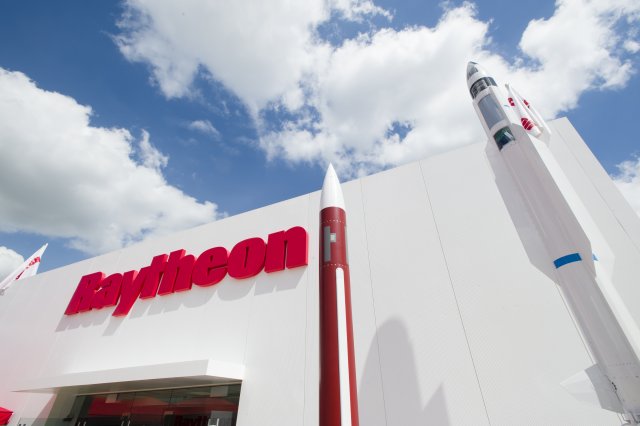Breaking news
Raytheon to highlight advanced weapons, cyber tech and battle control systems at Paris Air Show.
| a | |||
|
Paris Air Show 2015
International Paris Air Show 15 - 21 June 2015 Paris - Le Bourget, France |
|||
| Raytheon to highlight advanced weapons, cyber tech and battle control systems at Paris Air Show | |||
|
In a pavilion just steps from the flight line of Paris Air Show 2015, experts from Raytheon will show off the latest developments in the company's defense and aerospace technology – missile-killing interceptors, hypersonic weapons, ultra-powerful radars, as well as a new approach to command and control, the US-based company announced on June 3rd, 2015.
|
|||
|
|
|||
 Raytheon's pavilion at Paris Air Show 2013 Raytheon's pavilion at Paris Air Show 2013 |
|||
|
|
|||
|
Raytheon's representatives will also discuss strategies to protect machinery, vehicles and other systems from hackers, a major focus as Raytheon – long a go-to cybersecurity provider for government customers – becomes a commercial cyber leader as well.
"The evolving cyber threat from sophisticated nation-state adversaries and criminal enterprises has led to global demand for cybersecurity solutions," said Raytheon Chairman and CEO Thomas A. Kennedy. "The Paris Air Show affords us an ideal venue to show our international customers how our defense-grade cybersecurity technology can guard their military, commercial and critical infrastructure." Raytheon's showcase of products this year – many of them finding new niches in U.S.-allied countries around the world – includes: - C5I: Raytheon is expanding the common military concept of C4I – command, control, communications, computers and intelligence – to emphasize another element: cyber. Company experts will be on hand to discuss how the United States and its allies can protect existing technology from cyber attacks and tie technologies together to work in concert with one another – both within a nation's military and across international coalitions. |
|||



















